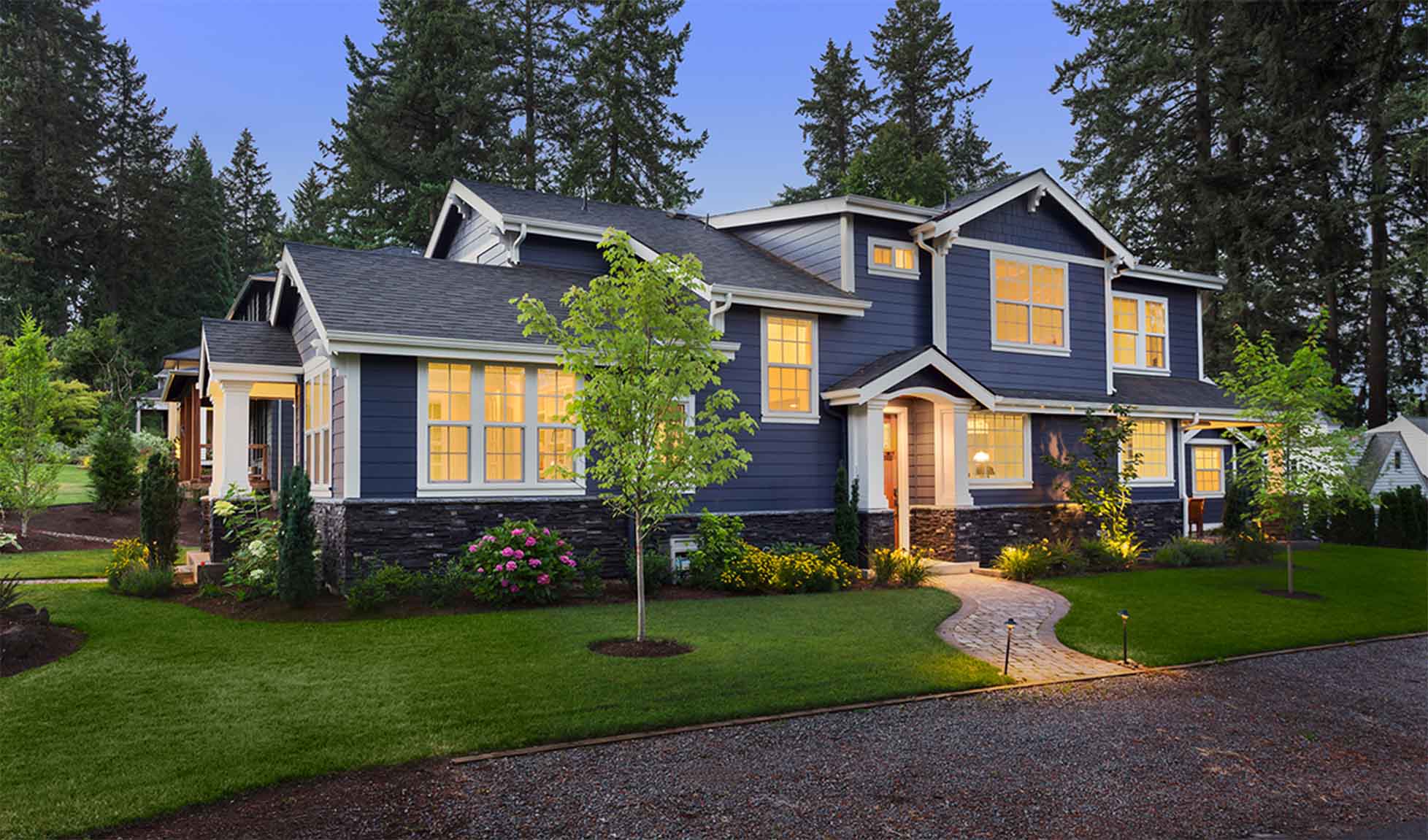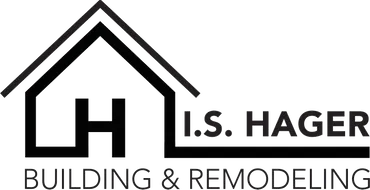
Introduction to Home Additions
When considering a home addition in Plymouth, MA, you face a significant decision that will shape both your living environment and your home's value. The process of adding space to your home can be approached in two primary ways: building up or building out. Each method has distinct advantages and challenges that are crucial to evaluate. This blog post will help you understand these options, offering insights into the practicalities and implications of each.
In a place like Plymouth, where historic homes are part of the community's charm, making an informed choice is essential. Your decision can affect not only your daily life but also the aesthetic and functional harmony of your neighborhood. Building up involves adding a second story to your existing home, which can be particularly advantageous in areas where land is at a premium. On the other hand, building out involves extending your home horizontally, creating new ground-level spaces that can be seamlessly integrated into your existing layout.
Both options offer the potential to enhance your living space, whether you need more bedrooms, a larger kitchen, or even a sunroom to enjoy Plymouth's scenic beauty. The choice between building up or building out depends on a variety of factors, including your budget, your property's layout, and your long-term goals. As we delve into the specifics of each approach, you will gain a clearer understanding of what each entail and how it might fit with your vision for your home. Exploring these avenues will equip you with the knowledge needed to make the best choice for your unique situation.
Building Up: Adding a Second Story
Adding a second story to your home can offer substantial benefits, particularly in areas where land is scarce. This method of vertical expansion allows you to increase your living space without sacrificing your yard. Imagine having additional bedrooms, a new office, or even a spacious primary suite with a view.
Before proceeding, it is essential to evaluate the structural capacity of your current home. Older homes, like many found in Plymouth, may require significant reinforcements to manage the added weight. Consulting with a structural engineer can provide clarity on the necessary modifications and ensure your project starts on solid ground.
It is also important to be aware of local zoning laws and neighborhood regulations. In historic areas, there may be restrictions that influence your design choices. For instance, maintaining the architectural integrity of your home can be a key requirement.
The construction process itself can be extensive, involving more than just adding a new floor. You will need to consider how utilities like plumbing, electrical, and HVAC systems will be extended to a new level. This often requires careful planning to integrate seamlessly with the existing systems.
Additionally, living through a second-story addition can be disruptive. Noise, dust, and the presence of construction crews can impact daily routines. Some homeowners opt for temporary relocation to minimize the inconvenience.
Lastly, the financial aspect should not be overlooked. While building up may have a higher upfront cost due to the complexity of construction, it can yield significant returns in property value, especially in desirable areas like Plymouth.
Understanding these elements will help you make an informed decision about whether adding a second story is the right move for enhancing your home's space and functionality.
Building Out: Expanding Horizontally
Expanding horizontally is a favored choice for homeowners looking to enhance their living space while maintaining the architectural character of their home. This method involves extending the existing footprint of your home, which allows for the creation of larger, more open areas. For instance, you can design a spacious kitchen, a family room, or even a sunroom that offers a seamless connection to your backyard, making it ideal for both relaxation and entertainment.
This approach has its distinct set of advantages. For one, it can improve the overall flow and functionality of your home, making it easier to move between rooms and enjoy a more integrated living experience. It also provides the opportunity to create spaces that are directly connected to outdoor areas, enhancing your lifestyle, especially in a picturesque locale like Plymouth.
However, expanding horizontally requires careful consideration of your property's layout and size. Increasing your home's footprint will naturally reduce the available yard space, which could impact your outdoor activities or landscaping preferences. Moreover, it is essential to consider the aesthetic impact on your neighborhood. A well-thought-out design can help maintain harmony with the surrounding homes and preserve the overall visual appeal of your area.
Another key factor is the practical aspects of construction. Extending your home horizontally generally involves less complex structural work compared to building up. Yet, it still requires careful planning to ensure that the new addition integrates smoothly with the existing structure. This includes aligning roofing, matching exterior finishes, and potentially modifying your landscaping to accommodate the new space.
By addressing these considerations, you can ensure that your horizontal expansion meets your needs and enhances both the functionality and beauty of your home.
Cost Comparison
When evaluating home additions, understanding the financial implications is crucial. Building up demands a more significant initial investment due to the need for structural reinforcements, engineering assessments, and potential roof modifications. This type of project often includes costs associated with strengthening your home's foundation and extending utilities vertically, which can add to the overall expense.
In contrast, building out might seem less costly, but it comes with its own set of financial considerations. Extending your home's footprint requires additional foundation work and may involve substantial landscaping adjustments. These costs can add up, especially if your yard requires significant alterations to accommodate the new structure.
Material costs and labor are other factors to consider. Vertical expansions often necessitate specialized skills and materials to ensure the new level integrates seamlessly with the existing structure. Meanwhile, horizontal expansion might involve more extensive use of exterior finishes and roofing materials to maintain a cohesive look with the original design.
It is also important to factor in potential permits and zoning fees. Historic areas like Plymouth may have specific requirements that can influence the total cost of your project. Consulting with local authorities and professionals can help you navigate these regulations efficiently.
Lastly, while initial costs are essential, consider the long-term value and return on investment. Both building up and building out can significantly increase your property's market value, particularly in desirable areas. Understanding these financial dynamics will equip you to make a well-informed decision tailored to your budget and long-term goals.
Practical Considerations
Undertaking a home addition involves a series of practical considerations that can significantly impact your day-to-day life and overall project experience. First, consider the construction timeline. Adding a second story takes longer due to the complexity involved, while horizontal expansions can be quicker but may disrupt your outdoor spaces. Noise, dust, and the presence of construction crews are inevitable, so planning can help mitigate these issues. Think about arranging construction work during times when it will least affect your daily routine. Communication with your contractor is crucial to ensure that the project stays on schedule and any potential issues are addressed promptly.
Permits and zoning regulations are another critical factor. Plymouth's historic nature means you might encounter specific guidelines that could influence your project. Consulting with local authorities early in the planning phase can help you navigate these requirements smoothly. Additionally, consider how the construction will affect your utilities. Extending plumbing, electrical, and HVAC systems can be straightforward in some cases but may require significant adjustments in others.
It is also worth considering how the new addition will integrate with your home's existing layout and style. Ensuring that new spaces blend seamlessly with old ones can enhance both functionality and aesthetics. Thoughtful design choices can help maintain the character of your home while providing the additional space you need. Finally, it is a factor in potential disruptions to your family and lifestyle. Temporary relocations might be necessary, especially during the more intensive phases of construction.
Conclusion: Making the Right Choice for Your Home
Choosing the right addition for your Plymouth home is a nuanced decision that requires careful consideration of several factors. Building up offers the advantage of preserving yard space and can significantly increase your home's vertical capacity. This approach is ideal if you aim to add bedrooms, an office, or a primary suite with a view. Conversely, expanding horizontally allows for the creation of larger, more open spaces that can seamlessly connect with your outdoor areas, perfect for a new kitchen, family room, or sunroom.
Budget, property layout, and long-term goals play a pivotal role in your decision-making process. Consult with professionals to gain a comprehensive understanding of what each option entails, including financial implications and regulatory considerations. By weighing these factors, you can make an informed choice that enhances your living experience and increases your home's value.
